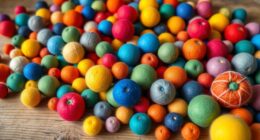I’ve always held the belief that education isn’t confined to a classroom setting. This is why I’m thrilled to reveal to you the incredible methods we can incorporate STEM into our daily routines.
By incorporating science, math, and exploration into tasks like cooking, grocery shopping, and gardening, we can nurture our curiosity and develop important life skills.
From hands-on science experiments at home to using math in everyday tasks, STEM is all around us, ready to inspire and prepare us for future success.
Let’s dive in and explore the wonders of STEM in everyday life.
Key Takeaways
- Incorporating STEM into everyday tasks like cooking, grocery shopping, meal planning, household chores, and gardening can teach math skills, money management, decision-making, and promote healthy habits.
- Science experiments at home, such as making lava lamps, testing pH levels, growing crystals, and creating volcano eruptions, engage children in hands-on learning and teach scientific concepts.
- Using math in everyday tasks like cooking, baking, grocery shopping, budgeting, and meal planning helps children develop math skills and financial literacy.
- Outdoor play and exploration activities like nature scavenger hunts, building habitats, weather observations, and bird watching promote observation skills, problem-solving, and an appreciation for nature.
Incorporating STEM Into Everyday Tasks
I involve my children in cooking and grocery shopping to teach them math skills and reinforce the importance of following directions. STEM in cooking and baking is a great way to incorporate math concepts like measuring and fractions. We talk about proportions and compare prices while meal planning, which helps them develop decision-making skills. It’s also a chance to promote healthy eating habits.
In addition to cooking, we incorporate STEM into gardening activities. We explore concepts like plant growth and ecosystem interactions. By planting and caring for our own vegetables and herbs, my children learn about science in a hands-on way. They also develop responsibility and problem-solving skills.

Incorporating STEM into everyday tasks like cooking and gardening makes learning fun and practical.
Engaging Children in Cooking and Grocery Shopping
By involving children in cooking and grocery shopping, they can learn math skills and the importance of following directions. It’s a great way to engage children in meal preparation and teach them valuable math skills at the same time.
When we cook together, we can use measuring cups and spoons to practice fractions and proportions. We can also calculate the cost of ingredients and compare prices while grocery shopping. It’s like turning these activities into fun math games.
Turning Grocery Shopping Into a Budgeting Game
When turning grocery shopping into a budgeting game, I can teach my children valuable money management skills and decision-making abilities. It’s an interactive shopping experience that not only makes the task more engaging but also helps develop important life skills.
Here are three grocery shopping budgeting strategies that can turn a mundane chore into a fun and educational activity:
-
Set a budget: Before heading to the store, discuss with your children how much money you have allocated for groceries. Encourage them to make a list of items they need and prioritize based on the budget.

-
Compare prices: Teach your children the importance of comparing prices and finding the best deals. Show them how to read unit prices and calculate which option offers the best value for money.
-
Make trade-offs: Help your children understand the concept of trade-offs by involving them in decision-making. If a certain item is over budget, ask them to suggest alternatives or consider if it’s necessary to buy it at that moment.
Using Meal Planning to Teach Math Skills
Using meal planning as a tool, I can help my children develop math skills by involving them in tasks like measuring ingredients and calculating costs.
Meal planning not only helps us organize our meals for the week, but it also provides a great opportunity to reinforce math skills.
We can explore the connection between math and healthy eating by discussing fractions and proportions while planning meals and comparing prices at the grocery store.
Involving children in these activities not only teaches them practical math skills, but it also promotes healthy habits and decision-making.
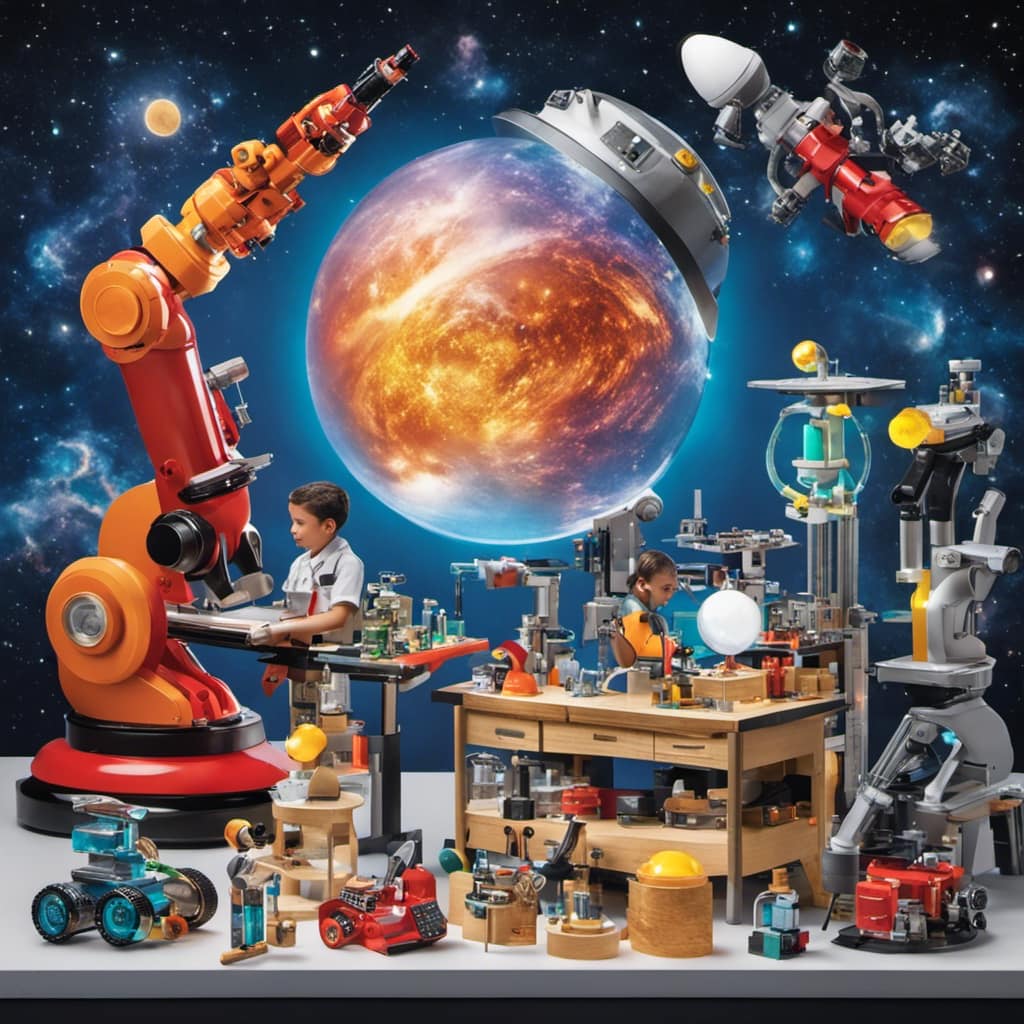
They learn how to measure ingredients accurately, calculate costs based on prices per unit, and make informed choices about the ingredients they want to include in their meals.
Involving Children in Household Chores for Problem-Solving
I involve my children in household chores to teach them problem-solving skills and foster a sense of responsibility. It’s important for them to learn how to tackle challenges and find solutions on their own. Here are three ways I promote critical thinking through everyday tasks:
-
Sorting and organizing: I encourage my children to categorize items and find the most efficient way to arrange them. This helps develop their problem-solving skills and teaches them how to prioritize and make decisions.
-
Fixing and repairing: When something breaks or needs fixing, I involve my children in the process. We brainstorm solutions together and figure out the best way to solve the problem. This not only promotes critical thinking but also empowers them to take ownership of their surroundings.
-
Problem-solving games: I turn household chores into games that require problem-solving skills. For example, I challenge my children to find the quickest and most effective way to clean their rooms. This makes chores more enjoyable and encourages them to think creatively to complete tasks efficiently.
Teaching Science Concepts Through Gardening
Growing a garden at home allows me to teach my children about plant growth, ecosystem interactions, and the scientific concepts involved. It’s a hands-on way to explore the wonders of nature and learn about the delicate balance of life.

As we plant seeds and watch them grow into vibrant plants, we discuss the different stages of plant growth and the factors that influence it, such as sunlight, water, and nutrients. We also talk about the importance of pollinators like bees and butterflies in the ecosystem and how they help plants reproduce.
Through gardening, my children gain a deeper understanding of the interconnectedness of living organisms and the importance of taking care of our environment. It’s a beautiful way to teach them about science while nurturing their love for nature.
Developing Financial Literacy Through Budgeting and Saving Activities
Teaching my children about budgeting and saving activities is an important way to develop their financial literacy. It’s never too early to start teaching money management skills to kids, and there are plenty of fun and engaging activities that can help them learn about finances.
Here are three financial literacy activities that I use with my own children:
-
Create a savings jar: This activity involves giving your child a jar to save their money in. They can decorate the jar and set goals for how much they want to save. It teaches them the importance of saving for the future and setting financial goals.
-
Play store: Set up a pretend store at home and give your child a set amount of play money. They can practice making purchases, counting their money, and making change. This activity helps them understand the value of money and how to make smart purchasing decisions.
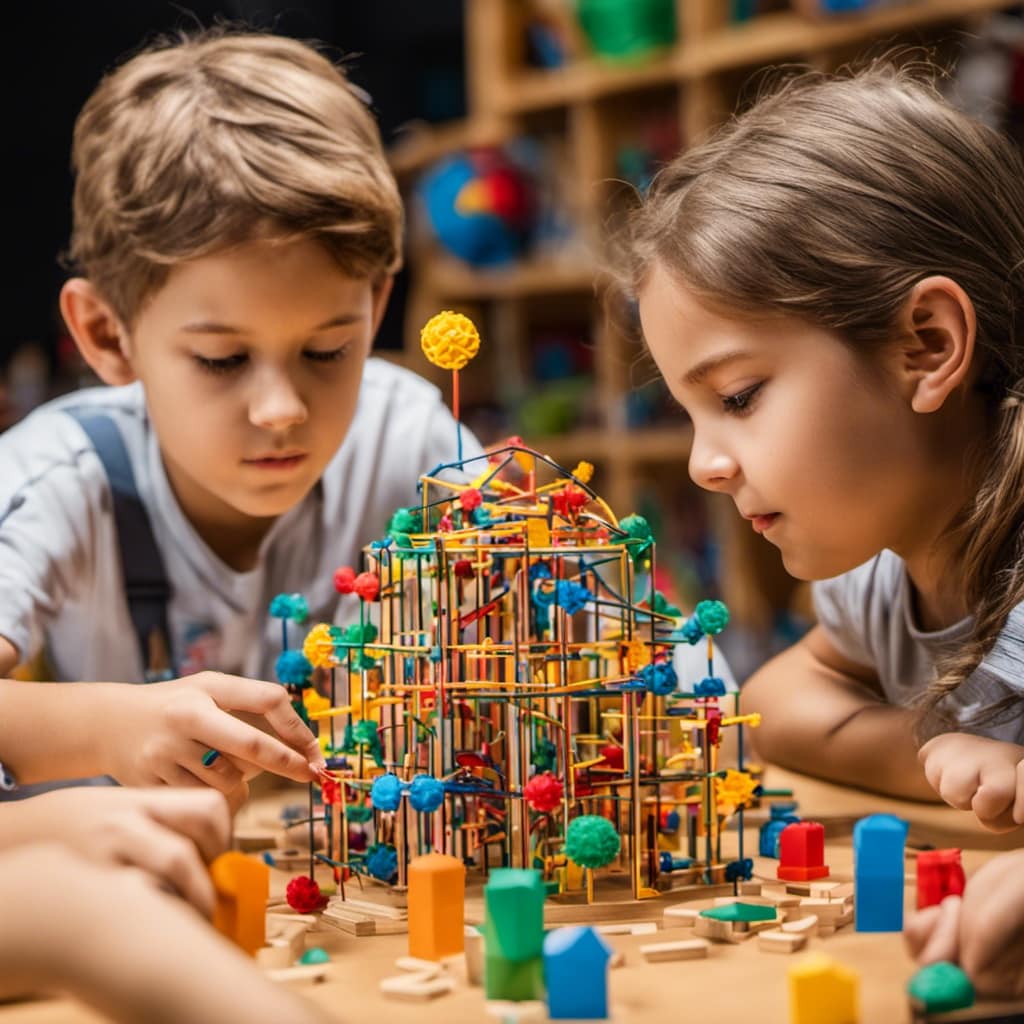
-
Start a budgeting game: Give your child a set amount of money and challenge them to plan a day out or buy a specific item while staying within their budget. This activity teaches them about budgeting, decision-making, and prioritizing their spending.
Engaging Children in Hands-On Science Experiments at Home
Engaging children in hands-on science experiments at home allows for interactive learning and a deeper understanding of scientific concepts. When children actively participate in experiments, they not only observe scientific concepts but also get to experience them firsthand. This hands-on learning approach sparks curiosity and encourages critical thinking skills.
By conducting experiments like making lava lamps, testing pH levels, growing crystals, and creating volcano eruptions, children can explore scientific concepts such as density, acids and bases, supersaturation, and chemical reactions. Through these experiments, children can develop a stronger grasp of scientific principles and enhance their problem-solving abilities.
Hands-on science experiments at home provide a fun and engaging way for children to learn and apply scientific concepts in a practical manner.
Introducing New Science Concepts Through Experiments
Conducting hands-on experiments at home allows me to introduce new science concepts and deepen my understanding of scientific principles. It’s an exciting way to engage in learning and encourage critical thinking.
Here are three ways I introduce science concepts through hands-on experiments:
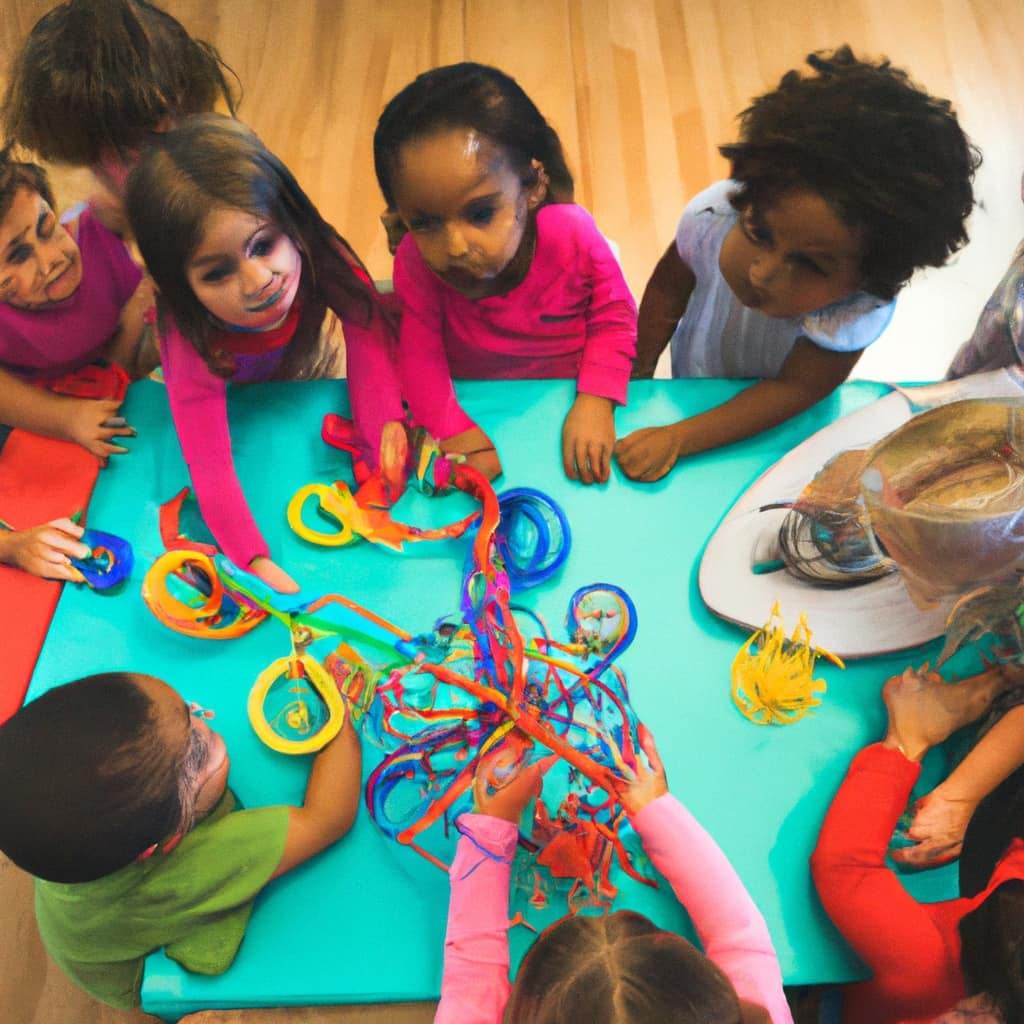
-
Making homemade lava lamps: This experiment explores density and buoyancy, as we observe the interaction between oil and water.
-
Testing pH levels using household items: By using everyday materials like vinegar and baking soda, we learn about acids and bases and how they affect the pH of different substances.
-
Growing crystals: This experiment teaches us about supersaturation and crystallization, as we watch beautiful crystals form over time.
Through these hands-on experiments, I not only introduce science concepts but also foster critical thinking skills, as we observe, hypothesize, and analyze the results. It’s a fun and engaging way to learn about the world around us.
Exploring Math Skills in Everyday Tasks
After exploring new science concepts through experiments, I am excited to dive into the next subtopic: exploring math skills in everyday tasks.
Math is all around us, and incorporating it into activities like budgeting and meal planning can help children develop essential skills while making real-life connections. By involving children in meal planning, we can teach them the importance of measuring ingredients and calculating costs. This not only strengthens their math skills but also promotes healthy habits and decision-making.
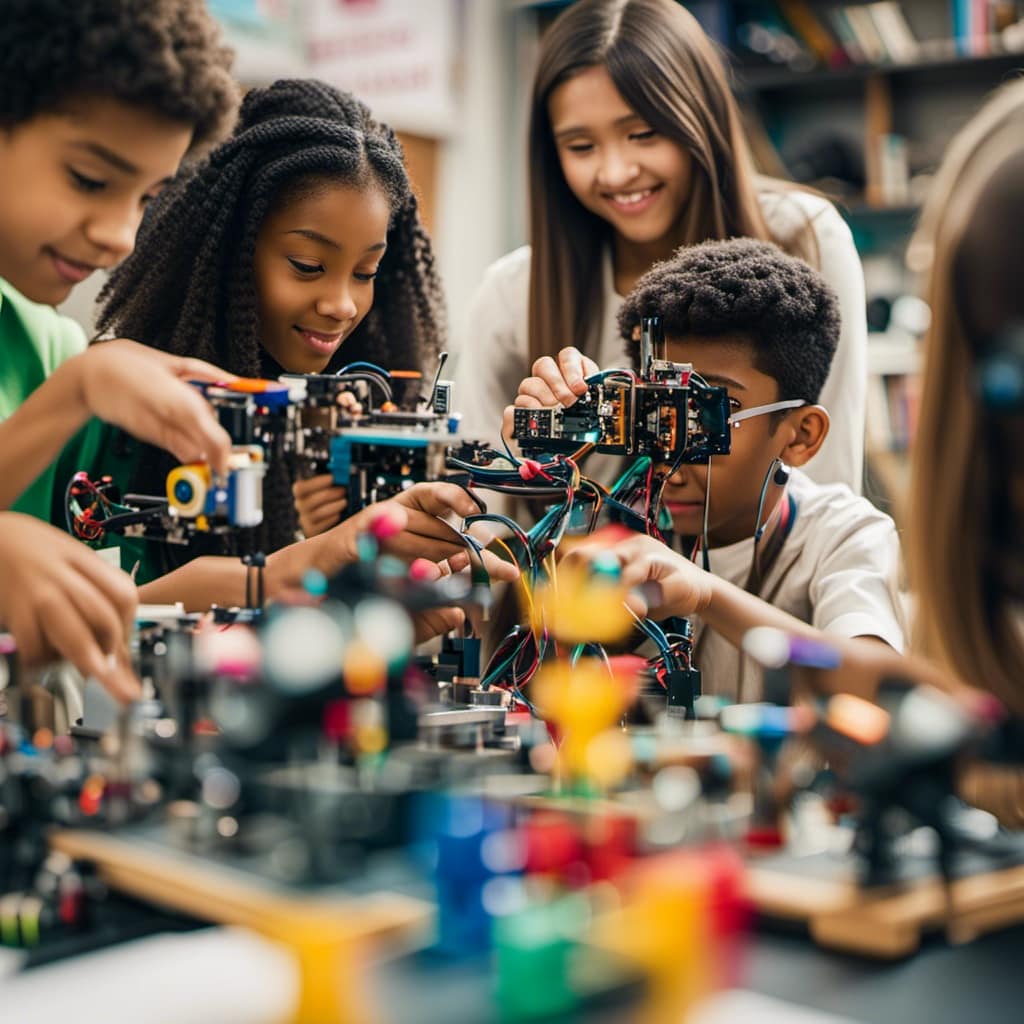
Additionally, we can incorporate math into outdoor play and exploration activities. Nature scavenger hunts, for example, encourage observation skills and identification, while building habitats for local wildlife fosters creativity and problem-solving.
Promoting Outdoor Play and Exploration Activities for Observation Skills
I love promoting outdoor play and exploration activities because they enhance observation skills and foster a deeper appreciation for nature. Here are three exciting ways to encourage children to engage with the natural world:
-
Nature journaling: Encourage children to keep a journal where they can document their outdoor experiences. They can draw pictures, write descriptions, and even press leaves or flowers. This activity helps them develop their observation skills and allows them to reflect on their encounters with nature.
-
Sensory nature walks: Take children on sensory nature walks where they can explore with their senses. Encourage them to touch different textures, listen to the sounds of the environment, and smell the scents of nature. This immersive experience helps them connect more deeply with their surroundings and develop a greater appreciation for the natural world.
-
Scavenger hunts: Organize nature-themed scavenger hunts where children can search for specific items or characteristics in the environment. This activity promotes observation skills, problem-solving, and encourages curiosity and exploration.
Frequently Asked Questions
How Can STEM Be Incorporated Into Household Chores for Problem-Solving?
I incorporate problem-solving strategies and critical thinking skills into household chores by finding efficient ways to complete tasks, troubleshooting issues that arise, and adapting my approach when needed.

What Are Some Examples of Science Experiments That Can Be Done at Home to Teach Scientific Concepts?
Home based science experiments are a fun and engaging way to teach scientific concepts. Some examples include making lava lamps to explore density, testing pH levels using household items, growing crystals, and creating volcano eruptions to learn about chemical reactions.
How Can Math Skills Be Used in Everyday Tasks Like Baking and Cooking?
Math skills can be applied in everyday tasks like baking and cooking by measuring ingredients, calculating proportions, and adjusting recipes. It helps ensure accuracy and promotes practical application of math concepts in the kitchen.
What Are Some Ways to Develop Financial Literacy Through Budgeting and Saving Activities?
To develop financial literacy, engage in real life scenarios and STEM-based budgeting activities. These activities teach practical money management skills and decision-making, preparing for a financially responsible future.
What Are Some Outdoor Play and Exploration Activities That Promote Observation Skills?
Observing nature through outdoor exploration is a great way to develop observation skills. It’s ironic how something so simple can teach us to appreciate the intricacies of the world around us.
Conclusion
In conclusion, incorporating STEM into everyday life is like adding a secret ingredient to a recipe. It enhances the learning experience, fosters curiosity, and prepares children for future success.
Just like how a pinch of salt can transform a dish, integrating science, math, and exploration into daily activities can transform children’s minds. By engaging children in hands-on experiments, involving them in cooking and grocery shopping, and promoting outdoor play, we can ignite a passion for learning and equip them with valuable life skills.

So let’s sprinkle some STEM into our routines and watch our children’s minds flourish.










